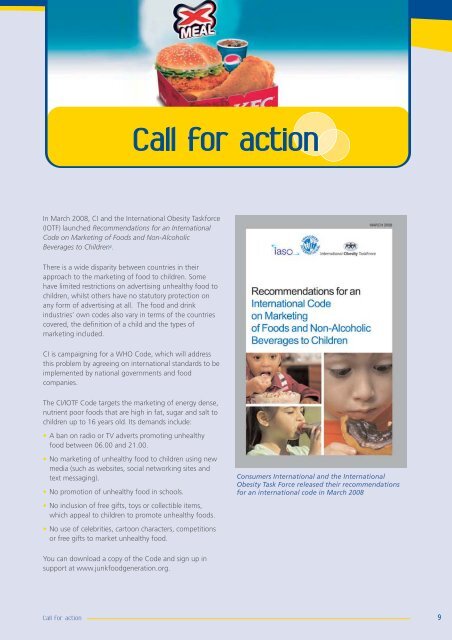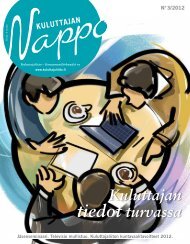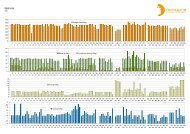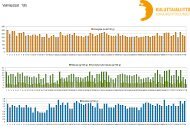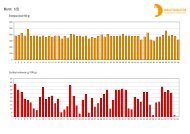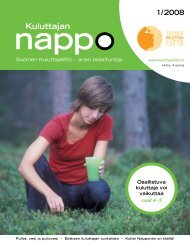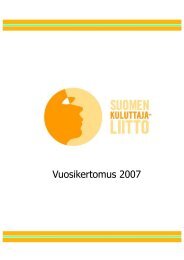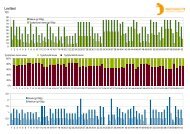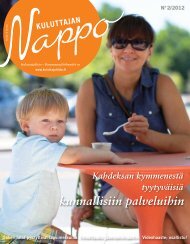Marketing unhealthy food to children in Asia Pacific - Consumers ...
Marketing unhealthy food to children in Asia Pacific - Consumers ...
Marketing unhealthy food to children in Asia Pacific - Consumers ...
- No tags were found...
You also want an ePaper? Increase the reach of your titles
YUMPU automatically turns print PDFs into web optimized ePapers that Google loves.
Call for actionIn March 2008, CI and the International Obesity Taskforce(IOTF) launched Recommendations for an InternationalCode on <strong>Market<strong>in</strong>g</strong> of Foods and Non-AlcoholicBeverages <strong>to</strong> Children 2 .There is a wide disparity between countries <strong>in</strong> theirapproach <strong>to</strong> the market<strong>in</strong>g of <strong>food</strong> <strong>to</strong> <strong>children</strong>. Somehave limited restrictions on advertis<strong>in</strong>g <strong>unhealthy</strong> <strong>food</strong> <strong>to</strong><strong>children</strong>, whilst others have no statu<strong>to</strong>ry protection onany form of advertis<strong>in</strong>g at all. The <strong>food</strong> and dr<strong>in</strong>k<strong>in</strong>dustries’ own codes also vary <strong>in</strong> terms of the countriescovered, the def<strong>in</strong>ition of a child and the types ofmarket<strong>in</strong>g <strong>in</strong>cluded.CI is campaign<strong>in</strong>g for a WHO Code, which will addressthis problem by agree<strong>in</strong>g on <strong>in</strong>ternational standards <strong>to</strong> beimplemented by national governments and <strong>food</strong>companies.The CI/IOTF Code targets the market<strong>in</strong>g of energy dense,nutrient poor <strong>food</strong>s that are high <strong>in</strong> fat, sugar and salt <strong>to</strong><strong>children</strong> up <strong>to</strong> 16 years old. Its demands <strong>in</strong>clude:• A ban on radio or TV adverts promot<strong>in</strong>g <strong>unhealthy</strong><strong>food</strong> between 06.00 and 21.00.• No market<strong>in</strong>g of <strong>unhealthy</strong> <strong>food</strong> <strong>to</strong> <strong>children</strong> us<strong>in</strong>g newmedia (such as websites, social network<strong>in</strong>g sites andtext messag<strong>in</strong>g).• No promotion of <strong>unhealthy</strong> <strong>food</strong> <strong>in</strong> schools.• No <strong>in</strong>clusion of free gifts, <strong>to</strong>ys or collectible items,which appeal <strong>to</strong> <strong>children</strong> <strong>to</strong> promote <strong>unhealthy</strong> <strong>food</strong>s.• No use of celebrities, car<strong>to</strong>on characters, competitionsor free gifts <strong>to</strong> market <strong>unhealthy</strong> <strong>food</strong>.<strong>Consumers</strong> International and the InternationalObesity Task Force released their recommendationsfor an <strong>in</strong>ternational code <strong>in</strong> March 2008You can download a copy of the Code and sign up <strong>in</strong>support at www.junk<strong>food</strong>generation.org.Call for action9


